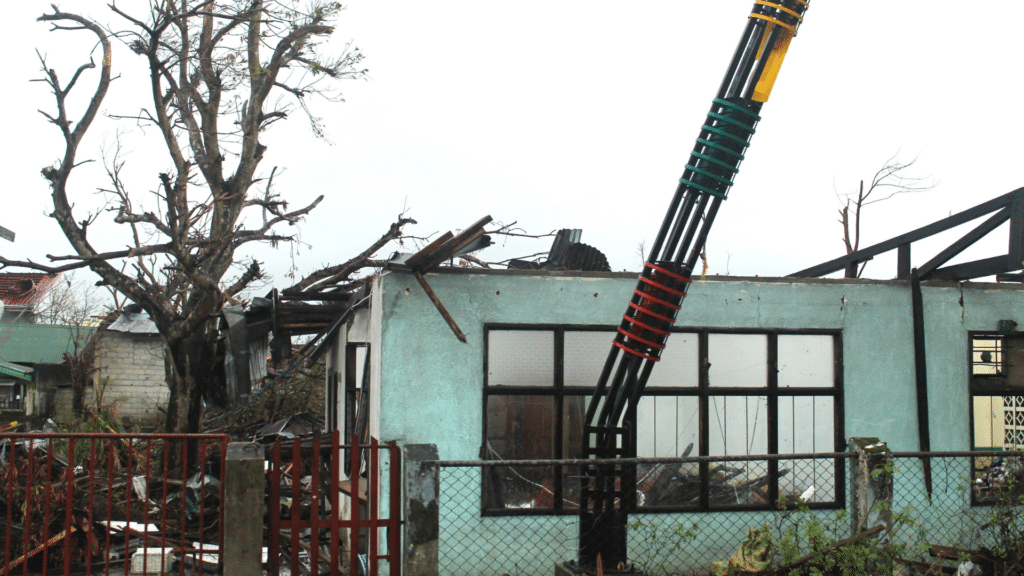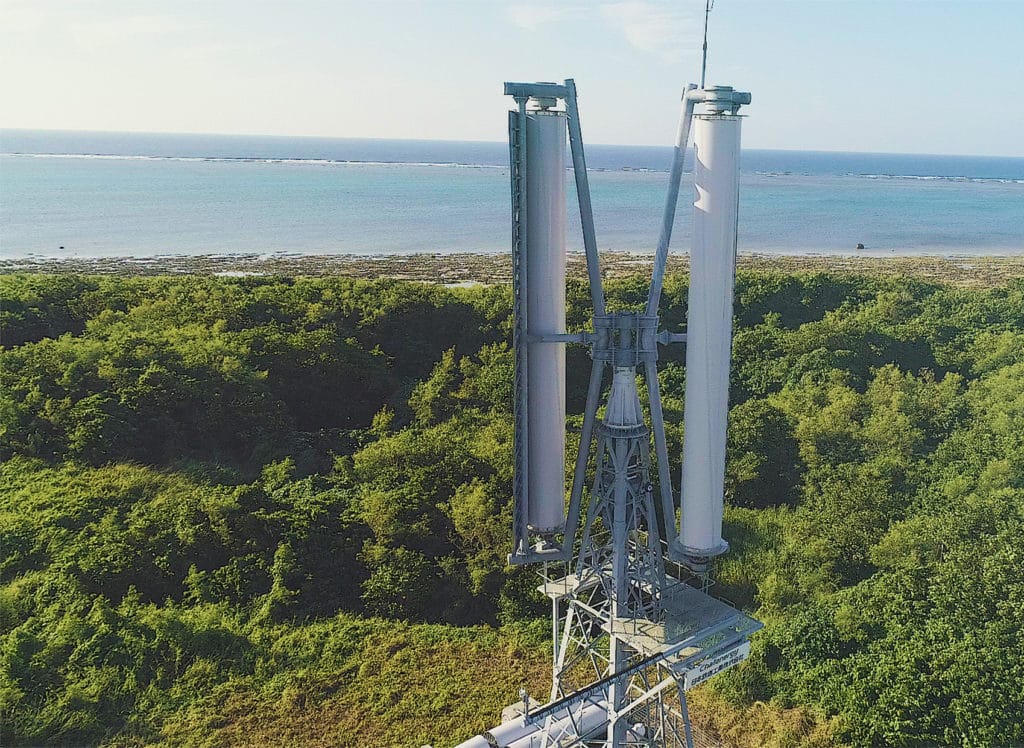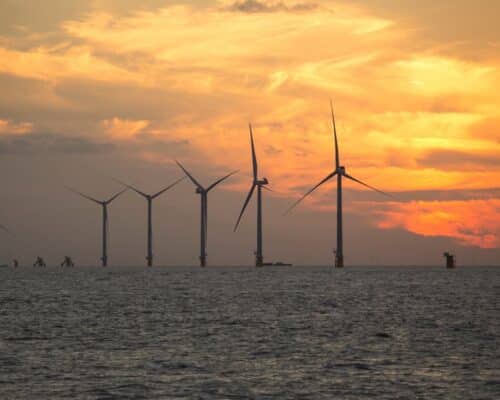The Typhoon Turbine: How Renewables are Harnessing Extreme Weather
Photo by Josep Monter
21 April 2022 – by Eric Koons Comments (0)
With the rising number of tropical storms, the typhoon turbine may be the solution we have been waiting for.
As one of the most typhoon-hit continents in the world, Asia has faced billions of dollars in losses due to extreme weather events. These storms leave communities devastated and often stranded without food and basic infrastructure. As climate change intensifies, the severity and frequency of such extreme weather events will rise.
Typhoons in the Philippines
The Philippines is the country that is most prone to tropical cyclones in Asia due to its geographical location, which generally produces heavy rains, flooding and strong winds. In 2021, the strongest typhoon of the year hit the country in December, leaving more than 400 dead and displacing almost 2 million people. Along with the rising death toll, more than 3.16 million Filipinos did not have access to basic electricity for several months.
In 2020, Super Typhoon Goni struck the island of Catanduanes and Albay province, destroying tens of thousands of homes and leaving over 125 cities and towns without electricity. These statistics highlight how devastating these events are for infrastructure, particularly electricity generation and transmission. This is where the typhoon turbine comes in.

Wind Turbine “Survival” in Storms and Conventional Wind Turbines
Conventional wind turbines typically shut down and go into “survival mode” during extreme weather. They lock and feather their blades to reduce the surface area pointing into the wind. They remain in survival mode and do not produce electricity until the wind speeds reduce – typically to below 25 m/s.
Hence, during an extreme weather event, areas powered by wind energy are entirely out of power until the event subsides. This is a big hit to communities reliant on renewable energy, particularly in remote areas that do not have a diversified energy grid.
Typhoon-proof Challenergy Wind Turbine for Wind Power
On the other hand, the typhoon turbine has been designed to work in these high-wind conditions Built in Japan by a start-up called Challenergy, the turbine uses cyclonic wind conditions to create energy. It can provide electricity even in extreme weather events.
Japan faces, on average, 26 typhoons and tropical storms a year. These will become even more frequent and powerful due to climate change. As a result, the founder of Challenergy has been on a quest to create resilient, sustainable energy solutions.
“One of our goals is to turn typhoons into a strength.”
Atsushi Shimizu – founder of Challenergy
Challenergy’s turbine, called the Magnus Vertical Axis Wind Turbine (Magnus VAWT) differs from conventional wind turbines due to its lack of pointed blades with giant sweeping revolutions. Instead, it has upright square blades that spin on a horizontal axis in the direction of the wind. This makes the wind turbine a more resilient and sturdier structure for electricity generation globally. For leveraging the vast energy brought by typhoons and increasing the renewable energy capacity, the typhoon turbine by Challenergy is the best option.

Real-life Experiments by Challenergy
Demonstration units of the typhoon turbine are currently undergoing testing across southeast Asia.
The Magnus VAWT prototype has been collecting data in Okinawa, Japan, since 2018. Since this time, several typhoons have hit the region, and the prototype has remained operational. The strongest storm was Typhoon Kong-rey in 2020, which had gusts reaching up to 30.4 m/s.
In 2021, a demonstration unit in Batanes, Philippines, stood through the second-largest typhoon to hit the region in recent history. Typhoon Chanthu was a Category 5 typhoon with wind gusts up to 84.2 m/s, well over the typhoon turbine’s 40 m/s rating. While the turbine did experience minor damage and needed to stop operating to be repaired, the damage was caused by flying debris – not structural issues with the turbine itself. This event was hailed as a significant success for the Challenergy team.
Innovation Is Leading The Path Forward
Climate change presents many challenges for the global community, but it has also pushed for innovation in the energy sector. As a result, new technologies like Challenergy’s typhoon-resistant wind turbine are under development.
When scaled, these types of innovations will add resilience to energy systems and allow for energy independence. In the island countries of Southeast Asia, this is a decisive step towards improving the quality of life and the standard of living.
by Eric Koons
Eric is a passionate environmental advocate that believes renewable energy is a key piece in meeting the world’s growing energy demands. He received an environmental science degree from the University of California and has worked to promote environmentally and socially sustainable practices since. Eric’s expertise extends across the environmental field, yet he maintains a strong focus on renewable energy. His work has been featured by leading environmental organizations, such as World Resources Institute and Hitachi ABB Power Grids.
Read more



